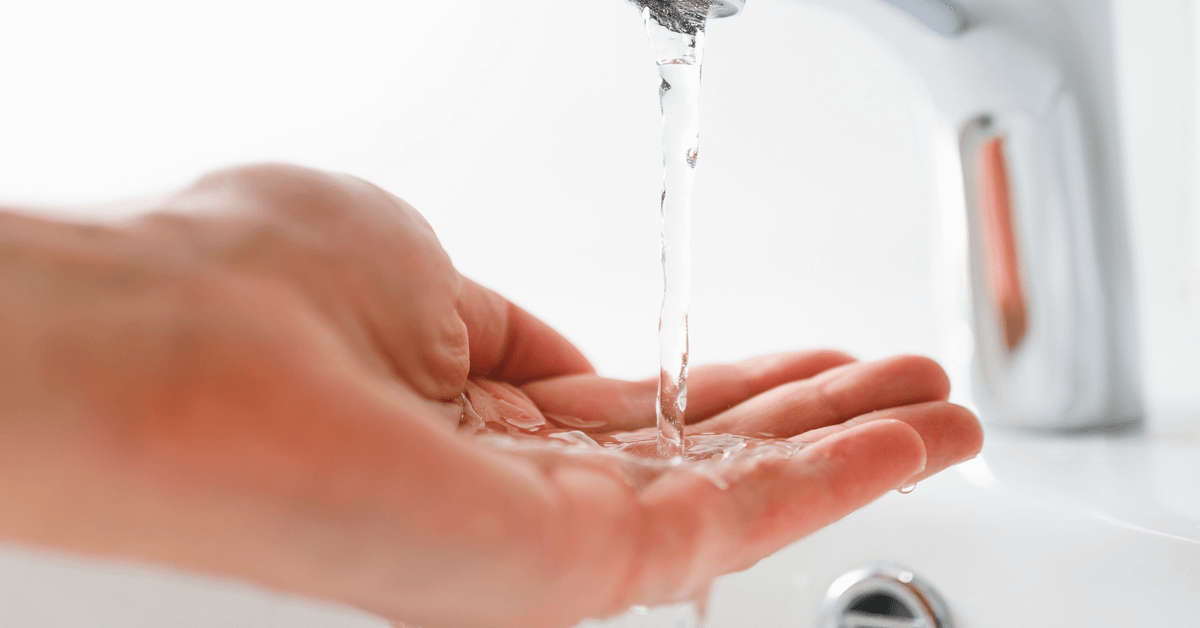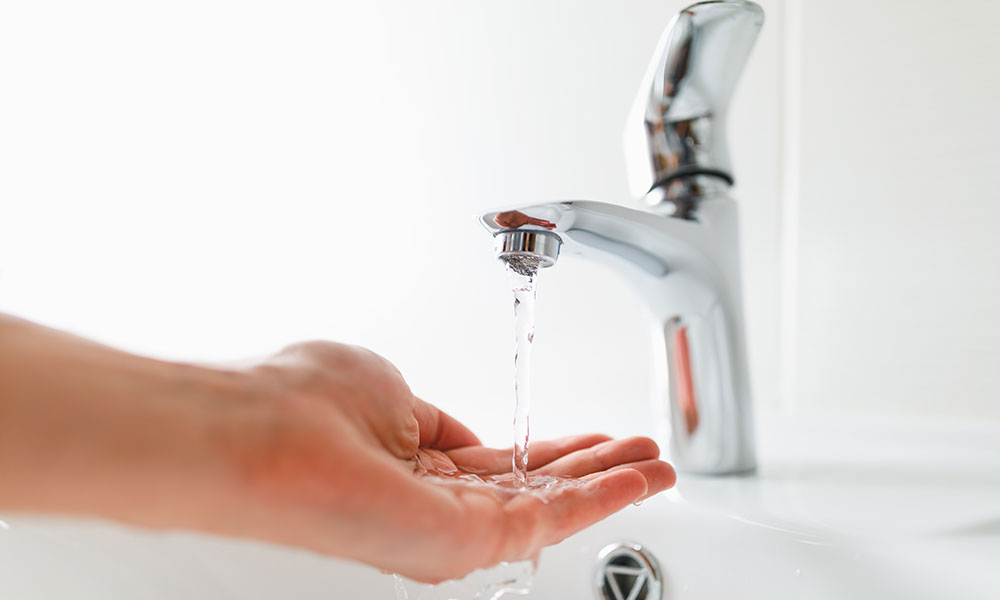Tested Tactics for Solving Low Water Pressure in Your Home
Tested Tactics for Solving Low Water Pressure in Your Home
Blog Article
The article following next involving 10 Reasons for Low Water Pressure in Your House is indeed captivating. Don't skip it.

Low water stress in your house can be a frustrating issue, influencing every little thing from showering to cleaning dishes. If you're experiencing weak water flow, there are numerous feasible causes and services to discover. In this guide, we'll review common reasons for low tide pressure and functional steps to address the concern efficiently.
Introduction to Low Water Stress
Low tide stress occurs when the circulation of water from your taps, showers, and various other fixtures is weak than typical. This can make day-to-day jobs a lot more tough and much less efficient. Understanding the sources of low water stress is essential to finding the ideal option.
Common Reasons For Low Water Stress
Pipeline Obstructions
With time, pipelines can become obstructed with natural resource, debris, or debris, restricting the circulation of water. This is an usual problem in older homes with galvanized steel pipes.
Corrosion
Rust within pipes can cause leaks and decreased water stress. Rust accumulation can restrict water circulation, specifically in aging plumbing systems.
Faulty Pressure Regulatory Authorities
Stress regulators are in charge of preserving regular water stress in your home. If they malfunction, it can lead to low tide stress or irregular circulation throughout your house.
Municipal Water Supply Issues
Occasionally, the problem exists outside your home. Municipal water concerns, such as main line leakages or upkeep work, can momentarily lower water stress in your area.
Exactly How to Identify Low Water Stress
Examining Taps and Components
Start by evaluating the water stress at different faucets and components throughout your home. If the concern is separated to details locations, it might show localized issues.
Checking Pipelines
Examine noticeable pipes for signs of leaks, corrosion, or blockages. Take notice of any type of uncommon noises, such as banging or rattling pipes, which can indicate problems within the plumbing system.
Consulting with a Plumber
If you're incapable to determine the cause of low tide pressure, take into consideration employing a specialist plumber to perform a complete inspection. They can identify underlying problems and recommend appropriate services.
Do It Yourself Solutions to Take Care Of Low Tide Pressure
Cleaning Aerators and Showerheads
Mineral deposits can gather in aerators and showerheads, minimizing water flow. Remove and clean up these components on a regular basis to enhance water pressure.
Flushing Water Heater
Debris buildup in the water heater can limit flow and minimize effectiveness. Flushing the storage tank regularly assists remove debris and preserve optimum performance.
Examining Pressure Regulator
Ensure that the pressure regulator is functioning appropriately. Readjusting or replacing the regulator can assist recover correct water pressure throughout your home.
Clearing Clogs in Pipes
For minor clogs, try utilizing a plumbing serpent or chemical drainpipe cleaner to clear obstructions in pipelines. Be cautious when using chemicals and comply with security standards.
When to Call a Professional Plumber
If do it yourself initiatives fall short to resolve the problem or if you suspect considerable plumbing issues, it's ideal to seek support from a certified plumber. They have the expertise and devices to deal with intricate concerns securely and properly.
Preventive Measures to Preserve Water Pressure
Regular Maintenance
Arrange regular upkeep for your plumbing system to stop problems such as deterioration, leakages, and blockages. Dealing with minor troubles early can assist prevent more considerable repairs later.
Mounting a Stress Booster
Take into consideration installing a stress booster pump to enhance water stress in areas with regularly reduced flow. This can be particularly useful for multi-story homes or residential properties with high-demand fixtures.
Surveillance Water Use
Be mindful of water usage routines and stay clear of overtaxing the plumbing system. Easy modifications, such as incredible showers and laundry lots, can help keep appropriate water pressure.
Final thought
Dealing with low tide stress can be aggravating, however identifying the underlying causes and implementing appropriate services can recover ideal flow throughout your home. Whether it's cleaning aerators, checking pipelines, or consulting with a plumber, taking positive steps can make certain a constant supply of water for your everyday requirements.
FOUR WAYS TO FIX LOW WATER PRESSURE NOW
Turning on a shower or faucet only to find the water comes out in a sad, slow drizzle is never a good feeling. How exactly are you supposed to wash a pan or take a quick shower when it takes 10 minutes just to rinse off a little soap? The good news is that when your water pressure is bad, there's always a cause: typically one that can be easily fixed. Here are some of the most common causes of low pressure and what you can do to fix the issue:
DEBRIS AND MINERAL DEPOSIT BUILDUPS
If you notice low water pressure from just one or two of the fixtures in your house, the problem likely has to do with debris buildup. Water is full of minerals and other debris, all of which can accumulate in your pipes and on your fixtures. This can cause a blockage that affects how much water flows through. To fix this, try filling a small plastic bag with white vinegar, and use a rubber band to hang it around your showerhead or faucet. Let the head of the fixture soak for a few hours, and the vinegar should loosen the deposits.
WATER LEAKS
Leaks are another common cause of low water pressure. If water is flowing out of your plumbing through a hole or crack before it can reach your fixture, the pressure coming out of the faucet or showerhead will be lower. A plumbing professional is your best bet for finding and repairing a leak in your water supply pipes.
Leaks are another common cause of low water pressure. If water is flowing out of your plumbing through a hole or crack before it can reach your fixture, the pressure coming out of the faucet or showerhead will be lower. A plumbing professional is your best bet for finding and repairing a leak in your water supply pipes.
FOUR WAYS TO FIX LOW WATER PRESSURE NOW
Turning on a shower or faucet only to find the water comes out in a sad, slow drizzle is never a good feeling. How exactly are you supposed to wash a pan or take a quick shower when it takes 10 minutes just to rinse off a little soap? The good news is that when your water pressure is bad, there's always a cause: typically one that can be easily fixed. Here are some of the most common causes of low pressure and what you can do to fix the issue:
DEBRIS AND MINERAL DEPOSIT BUILDUPS
If you notice low water pressure from just one or two of the fixtures in your house, the problem likely has to do with debris buildup. Water is full of minerals and other debris, all of which can accumulate in your pipes and on your fixtures. This can cause a blockage that affects how much water flows through. To fix this, try filling a small plastic bag with white vinegar, and use a rubber band to hang it around your showerhead or faucet. Let the head of the fixture soak for a few hours, and the vinegar should loosen the deposits.
WATER LEAKS
Leaks are another common cause of low water pressure. If water is flowing out of your plumbing through a hole or crack before it can reach your fixture, the pressure coming out of the faucet or showerhead will be lower. A plumbing professional is your best bet for finding and repairing a leak in your water supply pipes.
Leaks are another common cause of low water pressure. If water is flowing out of your plumbing through a hole or crack before it can reach your fixture, the pressure coming out of the faucet or showerhead will be lower. A plumbing professional is your best bet for finding and repairing a leak in your water supply pipes.
A VALVE ISSUE
If you have low water pressure throughout your home, check your main shut-off valve to make sure it's completely open. You may also want to see if there's a pressure-reducing valve installed. If there is, have a plumber help you adjust the settings to get the pressure you're looking for.
OTHERS USING WATER
Believe it or not, your low water pressure could be caused by your neighbors. If you notice low pressure at certain times of day, it may be because you and the people living next to you have similar schedules - when everyone is showering at the same time, the pressure will be lower in every home. Low pressure throughout the neighborhood may also be caused by an issue with your municipal water supply. If that's the case, call the supplier to see if they're working on the issue.
https://www.rotorooter.com/blog/water-leaking/low-water-pressure-fixes/

I am just very curious about 9 Reasons for Low Water Pressure in Your House and I hope you liked my blog posting. For those who enjoyed reading our post kindly make sure you remember to pass it around. Kudos for your time. Come back soon.
Call Us Today Report this page